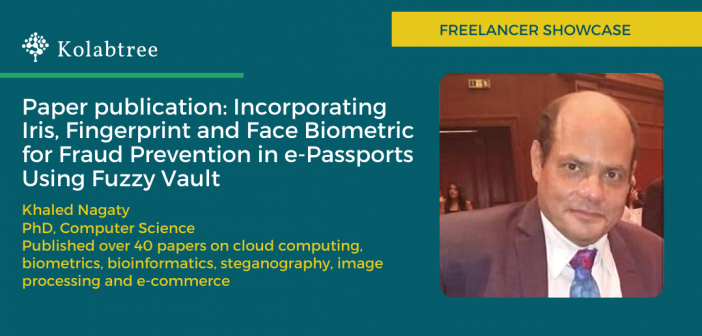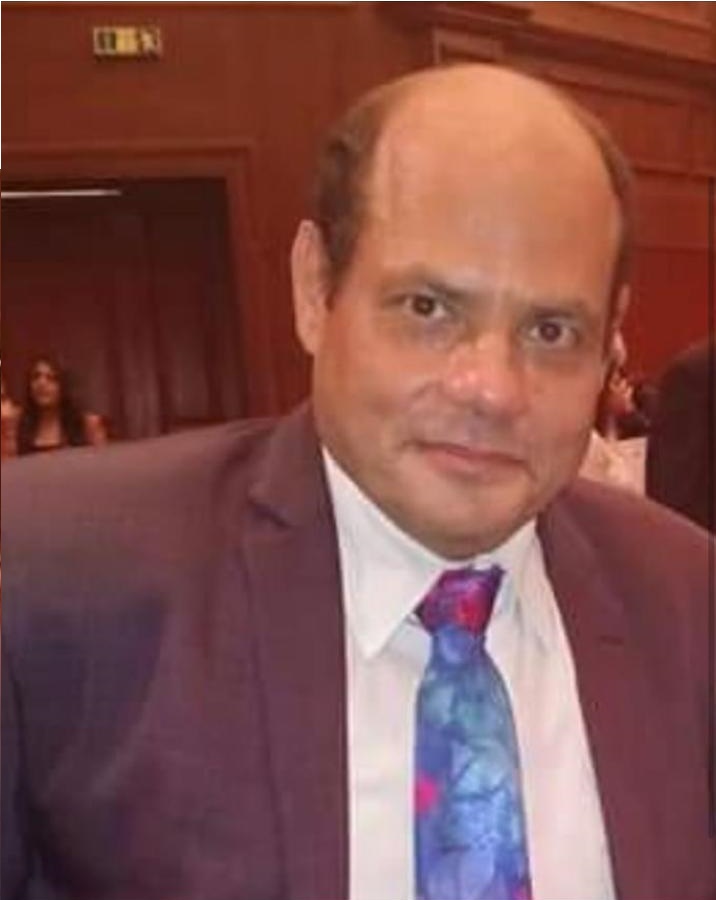Incorporating Iris, Fingerprint and Face Biometric for Fraud Prevention in e-Passports Using Fuzzy Vault
Authors:
Dr. Khaled A. Nagaty
Professor of Computer Science and the Director of University eLearning at the British University in Egypt.
Dr. Katarzyna Bobkowska
Assistant Professor at the Department of Geodesy, Faculty of Civil and Environmental Engineering, Gdansk University of Technology, Gdansk, Poland
Dr. Marek Przyborski
Professor at the Department of Geodesy, Faculty of Civil and Environmental Engineering, Gdansk University of Technology, Gdansk, Poland
A unified framework which provides a higher security level to e‐passports is proposed. This framework integrates face, iris and fingerprint images. It involves three layers of security: the first layer maps a biometric image to another biometric image which is called biostego image. Three mapping schemes are proposed: the first scheme maps single biometric image to single biostego image, the second scheme maps dual biometric images to single biostego image, the third scheme divides the biometric image into sections and maps each section to different biostego image. A mapping function maps the intensity value of each pixel in the biometric image to pixels with same intensity in the biostego image. A representative pixel is randomly selected from the set of pixels, and its coordinates are recorded in the location map of the biometric image. In the second layer, the location map is encoded using fingerprint fuzzy vault. In the third layer, the encoded location map is hidden in the biostego image using steganography technique. The biostego image which contains the encoded location map is stored in the e‐passport’s memory. Keeping the mapping scheme secret and by using the fingerprints fuzzy vault to encrypt location map, the proposed approach provides higher level of protection against fraud.
Link to the published paper: https://ietresearch.onlinelibrary.wiley.com/doi/epdf/10.1049/iet-ipr.2019.0072
About the author
Dr. Khaled A. Nagaty is a Professor of computer science and the director of university eLearning at the British University in Egypt. Professor Nagaty has published over 40 papers on different subjects including cloud computing, biometrics, bioinformatics, steganography, image processing and e-commerce. He is a reviewer in many scientific journals and international conferences which include: IET Biometrics, IEEE Transactions on Cloud Computing, IEEE Transactions on Signal Processing, and more. His Ph.D. in computer science was published in the form of printed book by Lap Lambert in Germany, 2012. He has supervised master’s theses in the fields of face recognition, content base image retrieval, case base reasoning, genetic algorithms, and DNA steganography. Currently he is a permanent Professor at the BUE in Egypt.








